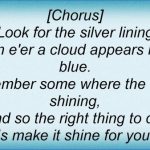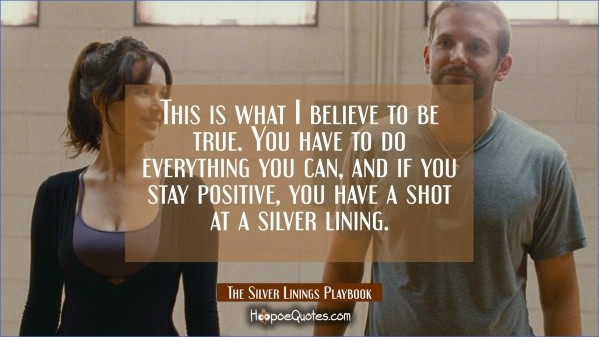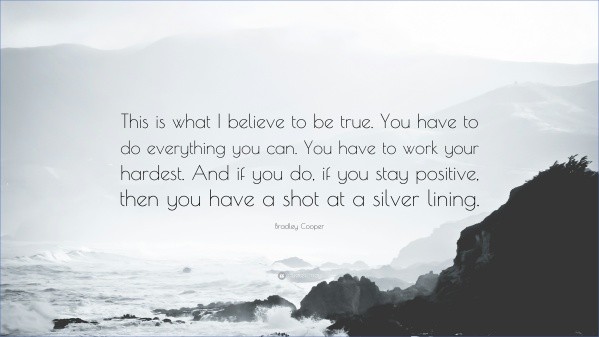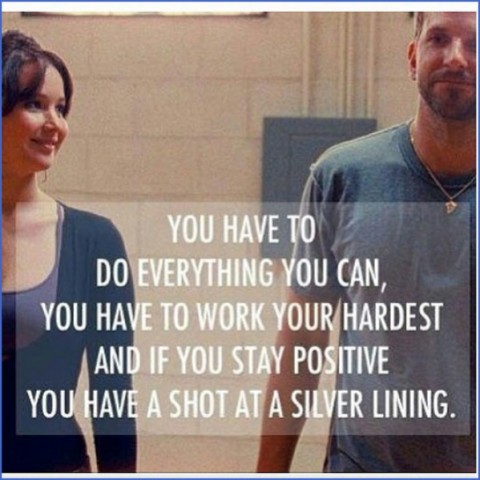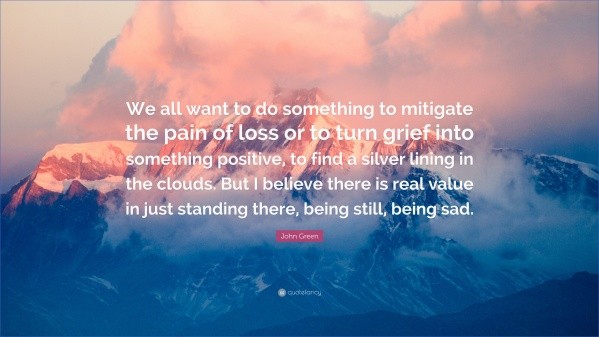As Swell pushes out the pass into the open ocean, I feel reborn. I’m going on alone, because my heart knows it’s better for me this way, even though it would have been safer to take on this enormous stretch of the remote Pacific in a caravan with the Octobasse. I’m abuzz from following my truth the kind of empowering rush that follows a soul-serving decision, logical or not. If Shannon was right about God favoring the brave, I will have the powers that be on my side. I pull up the sails and settle into a smooth beam reach, then sit back to unwind and digest all that has happened since Gaspar and I reunited. Passages have become a relief in that way a gap in time and space where I can process what has happened in my prior reality of being “somewhere.” In the “nowhereness” of the sea, my mind can turn things over carefully and study them from every side.
Part of me is devastated that it didn’t work out with the Spaniard, but I’ll cherish the fun memories. He has certainly made me a better sailor, and pointed out a few places where Swell could be more functional at sea. In his company, I also found the confidence to freedive to sixty feet and climb fifty-foot coconut trees. My boat might be a little less shiny now, but Gaspar taught me to enjoy myself more and fret less about aesthetics.
But as our love had turned south it brought out the worst parts of me, and Gaspar had been quick to point them out. A great deal of inner work remains if I want to find a lasting love and sailing partner. And if self-love has to come first, I better get to work.
As Swell slides smoothly through the perpendicular seas, I pull out my diary and write at the top of a blank page: “Today I’m going to try to make some progress on myself, starting with these lists.” First comes, “EVERYTHING I DISLIKE ABOUT MYSELF.” I jot down eighteen items as they come to mind, including being greedy, jealous, hypercritical, and too reactive.
Writing them out feels like a first step in changing like I’m formally acknowledging each issue and making a promise to myself. My next list is titled: “THINGS I WOULD LIKE TO FORGIVE MYSELF FOR.” I include everything from being mean to my little sister, to lying to a few of my boyfriends, to lashing out at my parents, and sleeping with a couple guys I didn’t really want to.
The final list reads: “WHO I WANT TO BE.” It includes being generous, honest with myself and others, confident, more emotionally stable, positive, patient, easygoing, and nonjudgmental.
New To-Dos and a Silver Lining Photo Gallery
Everyone sees me as this confident sailor girl, but it’s clear that no matter how much praise I receive for captaining Swell, no matter how far I sail, or how many magazines feature my photos, none of it adds up to me loving myself. Navigating to self-love is not as straightforward as plugging a waypoint into my GPS. I don’t really know where I’m going, nor how to proceed. I just know I have to get there.
In contrast to my tumultuous inner seas, the Pacific is nothing but lovely, shimmering blue in every direction. I have yet to see any traffic besides clouds and birds. Monita and the northeast wind hold Swell on a steady beam reach directly toward our island destination. For the first three days we average 140 miles per day. I mark our position on my big paper chart of the Pacific every morning and evening. Slowly but surely, the penciled X’s move north. I devour blogs, write poems, catch up on emails, nurse my abscess, snack on saltines, and gaze out at the ocean for long spells as if she holds all the answers.
To me, the sea is more she than he, with her frequent mood swings, exquisite curves, ability to make you stare, and obvious sensitivity to the moon. Our relationship goes beyond romance. She’s always there providing play, companionship, perspective, nourishment, and emotional relief with her liquid embrace. There are times I can’t understand her, but I can’t always understand myself either. It’s okay. Loving her gives me so much more than fearing her.
On my fourth day at sea, a front line of dark clouds stalks Swell, bringing persistent rain and increased wind. Overnight, I reduce sail to three reefs in the main and a sliver of headsail. The waves have grown taller and closer together on our beam, shoving us around and often crumbling sideways across the deck or into the cockpit. I can either be wet and salty outside or dry but suffocating inside the sealed cabin. I hate admitting it, but I’m seasick again. A persistent feeling of nausea and sleepiness fogs over me with the onset of the rough seas. By now I’m resigned to the fact that sailing is often suffering, but I like that the discomfort and unpredictability put me in touch with something primal, real, human. The less privileged majority of humanity confronts these realities daily. I hate being nauseous, tired, wet, filthy, hungry, and uncertain, but at the same time, I like exploring my thresholds and strengthening mind over matter.
Around 5 pm I come up for air and stare at an approaching squall. I lack the enthusiasm to further reef the sails, thanks to my seasickness. I slip on my raincoat and brace for the onslaught, figuring we’ll just ride it out. As the storm closes in, the wind shifts ten degrees, knocking us off course. Monita, after steering reliably for five days, loses control, sending us into sail-flapping irons the worst possible state for the weakened headsail. I hurry to release the jib sheet and pull the roller furling line with all my might to roll up the sail. When I raise my eyes from the winch on my last heave, I see an enormous new tear parallel to my recent repairs.
My knees go weak at the shock of my new reality. Tears merge with the rain and salt spray already on my face, but it’s pointless to cry. I crawl to the bow in my harness and wedge myself into a seated position between the dinghy and the lifelines to figure out how to get the ripped sail down and the storm jib in place before dark. I must do it carefully and with full presence. Failure to execute this properly could prove disastrous.
After talking myself through a strategy, I crawl back to the cockpit, start the engine, turn Swell downwind, and engage the autopilot to steer. Next I raise the storm jib on the Solent stay to further reduce the amount of wind hitting the headsail. It will have to be pulled completely out to its maximum size before I can release the halyard and haul the
whole sail down the furler track. Motoring at full speed with the wind, I hope to reduce the apparent wind speed in order to get the sail down without causing more damage.
It works! I tackle the headsail as it lowers smoothly atop the overturned dinghy, squish it together, roll it aft, and shove it down the main hatch. It lands on the cabin floor in a soggy mountain of canvas.
Once the storm jib is set and Monita is steering again, the pride of my accomplishment soon fades into dread. I stare down into the cabin and want to vomit at the thought of repairing the sail while we’re bouncing around like this, plus it stinks! The odor of ripe cat urine now joins the already stuffy cabin. I grumble and tramp over my soggy new roommate that evening, while intermittent squalls pound us. The next morning a new groundswell from the north adds to the intense rolling from being undercanvassed in the beam seas. But rolling or not, with five hundred miles to the nearest island in any direction, the sail repair must commence.
First I rummage to find the head of the sail and haul it all the way up into the forepeak. Then I pull the clew and tack back toward the galley. The sail covers the entire cabin. In an awkward position, somewhere between sitting and lying atop it, I stick my last ten inches of Dacron sail tape across the worst section of the damage, and reinforce it with hand stitching, then patch the rest of the rip by stitching sail material to both sides of the tear. Swell bobs along. Her unsteady motion combined with the tedious work and stinging odor make me hurry topside for fresh air between rounds of sewing.
I write in the log at 12:45 am that night: “Nearly finished sewing, no thanks to this indecisive weather! That last wicked little squall lasted half an hour! I released the mainsheet all the way out, but nooooooo, that wasn’t enough. It made me take off my last pair of dry underwear to go up on deck and reef the main to the third reef in the chilly rain. Wet again. Is it too late to make macaroni and cheese? Of course not.”
In the morning, I decide to reinforce the entire length of the fragile luff with double strips of duct tape. Some hand stitching every few feet should help hold the tape in place. I pray the sail will make it through the last 500 miles. I haven’t seen another boat on the entire passage.
The wind drops enough, after two and a half full days of sewing, to raise “Ol’ Faithful” back into place. She’s soon full of wind once more and her new silver lining gives her a look of armored confidence. I find two flying fish on deck; their deaths will not be in vain. After opening the hatches to air out the cabin, I set about cooking my first real meal in days to celebrate the second anniversary of my voyage. While I’m washing potatoes and frying the fish, a wave hits our side and shoots a few gallons of sea perfectly down the middle hatch, drenching my bunk and bedding. Ocean 1. Captain 0. I sit in the cockpit at sunset with the music turned up, savoring my meal and musing about the past year. A high-pitched squeak interrupts my thoughts. Pilot whales! Their hulking black bodies surface astern, trying to squeeze a bit of a glide out of Swell’s small wake. I sit on the aft deck with my dinner and watch them surf, slightly jealous, but elated by their thrilling company. They roll on their sides and look up at me curiously before heading west again. I wish the pod well, my eyes following them toward the unbroken horizon.
The sea air is heavy and rich as I fill my lungs and sway back and forth in my forty-foot rocking chair, looking out at my vast offshore backyard. A fleet of what appears to be a small type of shearwater floats amongst the wind waves just ahead of Swell’s trajectory. Upon being displaced, they chatter, and loop through the sky. I apologize for the disruption. Their miniature, feathered bodies seem so fragile to be so far out at sea, but I should know by now that there is more to blue-water survival than size and might.
Maybe You Like Them Too
- Top 10 Islands You Can Buy
- Top 10 Underrated Asian Cities 2023
- Top 10 Reasons Upsizing Will Be a Huge Travel Trend
- Top 10 Scuba Diving Destinations
- World’s 10 Best Places To Visit




